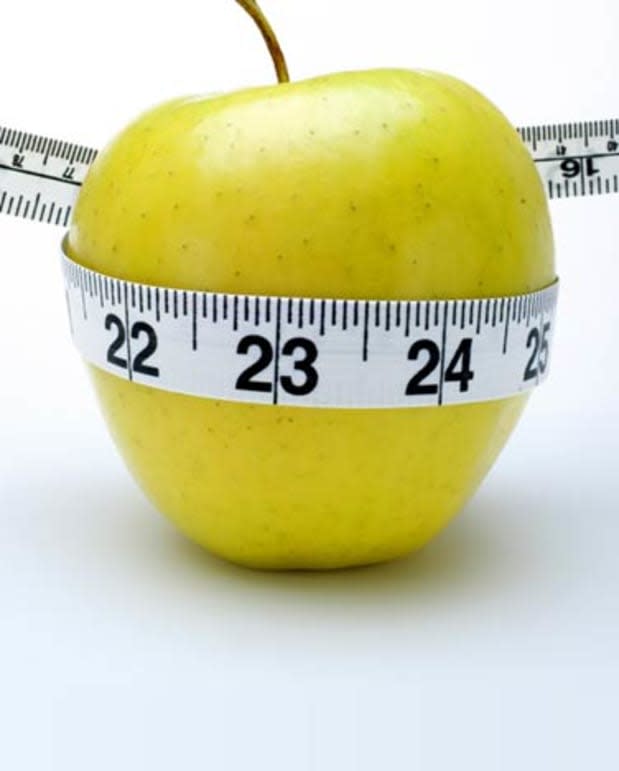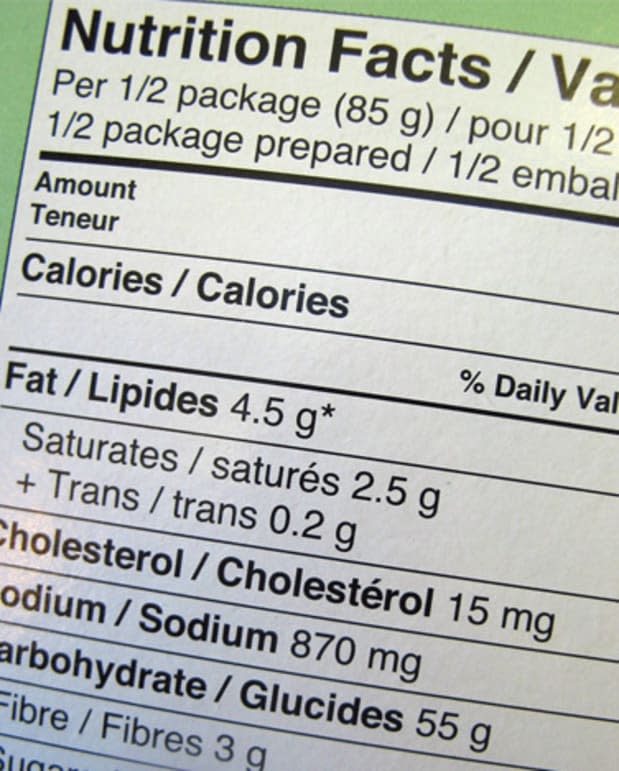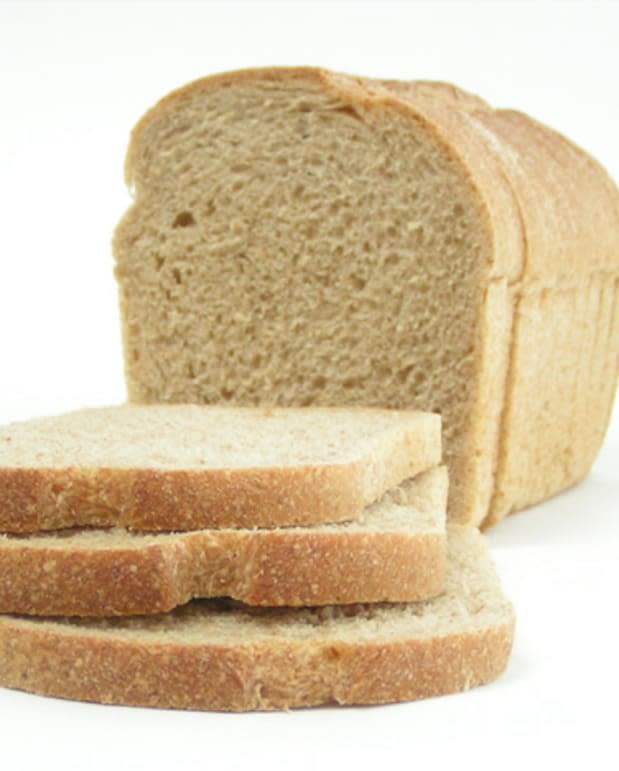9 Smart Bedtime Snacks for Diabetics

Many people with diabetes deliberately nosh at night to keep glucose levels from plummeting while they sleep. A snack before bed isn’t a bad impulse, says Dr. Fran Cogen, MD, director of the childhood and adolescent diabetes program at Children’s National Health System. But the wrong kind of snack can actually make things worse. Instead of high-carb fare like chips, “aim for a bedtime snack of protein plus carbohydrate,” she says.
Also keep in mind that blood sugar levels are highly individual and will vary based on how active you are each day. So before you hit the kitchen, it’s best to test your glucose level—and you should log your results in your diabetes and blood sugar app if you're using one. Then choose diabetes-friendly foods that contain an ideal mix of protein and carbs, skipping even sugar-free desserts if it's close to bedtime. Looking for more healthy pre-bedtime snack ideas? We've got you covered with these research and expert-backed ideas.
Best Bedtime Snack Ideas
10 Goldfish crackers + 1/2 cup skim milk
String cheese + whole-grain crackers
Apple slices + peanut butter
1 slice whole wheat bread + 2 oz turkey
Hummus + raw veggies
1/4 cup cottage cheese + 1/2 cup berries
Related: What is Prediabetes?
Other Snack Ingredients for Diabetics
Hard-boiled eggs
Research shows that proteins make ideal snacks for diabetics and eggs specifically have a positive impact on fasting blood sugar.
Greek yogurt
The probiotics in yogurt are thought to give this protein-packed food a lowering effect on blood sugar. Opt for Greek yogurt, which has even more protein than traditional yogurt, with a side of fiber-packed berries for a snack before bed.
Avocado
Studies have shown that monounsaturated fatty acids—like those found in avocados—can help maintain adequate glycemic control, effectively improving sugar levels in those with Type 2 diabetes. Given that, whip out your best guacamole recipe for any anytime snack for diabetics.
Once you've prepared your bedtime snack, why not try these ways to sleep better tonight.
Sources
Dr. Fran Cogen, MD, director of the childhood and adolescent diabetes program at Children’s National Health System
Diabetes Care: "Metabolic Effects of Monounsaturated Fatty Acid-Enriched Diets Compared With Carbohydrate or Polyunsaturated Fatty Acid-Enriched Diets in Patients With Type 2 Diabetes: A Systematic Review and Meta-analysis of Randomized Controlled Trials"
Diabetes Care: "Effect of a high-monounsaturated fat diet enriched with avocado in NIDDM patients"
The Journal of Nutrition: "Yogurt and Diabetes: Overview of Recent Observational Studies"
Advances in Nutrition: "Dairy Foods and Dairy Proteins in the Management of Type 2 Diabetes: A Systematic Review of the Clinical Evidence"
The British Journal of Nutrition: "Egg consumption as part of an energy-restricted high-protein diet improves blood lipid and blood glucose profiles in individuals with type 2 diabetes"
Journal international de vitaminologie et de nutrition: "Dietary proteins in obesity and in diabetes"

Eating a healthy diet is hard for everyone, but making proper food choices is even more important for those living with diabetes.
Here are six goals that will help you on your way to adopting the right eating habits for your meals throughout the day—and for your snacks before bed!

Goal:Eat a variety of foods within and among the basic food groups while you stay within your calorie needs.
Which Means…
Make your calories count! Choose foods packed with vitamins and minerals for all of your meals, including snacks throughout the day and at bedtime.
Don’t use up your calories on foods with added fats and sugars.

Goal: Control the number of calories you eat in order to reach or remain at a healthy body weight.
Which Means…
Aim always for a healthy body weight. To achieve and maintain a healthy body weight, eat only the calories you will burn every day. If your weight is creeping up, shave off calories by choosing healthier foods and snacks—and burn more calories with physical activity.

Goal: Increase the amount of fruits, vegetables, whole grains, and fat-free or low-fat milk and milk products you eat each day.
Which Means…
These foods provide essential vitamins and minerals to keep your body functioning properly. Choose more of these healthy low-fat foods to get the vitamins and minerals you need.

Goal: Choose fats wisely for good health.
Which Means…
Keep the amount of saturated fat and trans fat you eat low. Choose healthier fats and oils—those with mainly monounsaturated and polyunsaturated fats. These include nuts, olive oil, and canola oil.

Goal: Choose carbohydrates wisely for good health.
Which Means…
Get about half the calories you eat every day from healthy carbohydrates. This means adding to your diet whole grains, legumes, dried beans, fruits, vegetables and low-fat dairy foods. Eat fewer processed foods and fewer foods made with added sugars and fats, particularly when choosing snacks throughout the day and for your snack before bed.

Goal: Choose and prepare foods with little salt.
Which Means…
Limit your sodium intake to no more than 2,300 milligrams a day by eating fewer processed and prepared foods and not seasoning with salt when you cook and eat. Note: Did you know that just 1 teaspoon of salt contains 2,300 milligrams of sodium?
Adapted from Real-Life Guide to Diabetes , by Hope S. Warshaw, MMSc., RD, CDE, and Joy Pape, R.N., BSN, CDE. Reprinted with permission from The American Diabetes Association.
